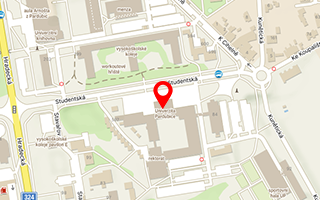Publikace detail
Agentovo orientovaná simulácia vo výučbe a praxi
Autoři:
Adamko Norbert | Klima Valent
Rok:
2009
Druh publikace:
článek ve sborníku
Název zdroje:
Objekty 2008 : zborník príspevkov trinásteho ročníka konferencie
Název nakladatele:
Žilinská univerzita
Místo vydání:
Žilina
Strana od-do:
60-70
